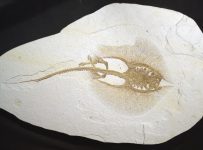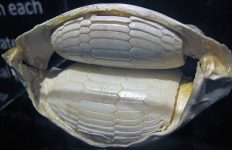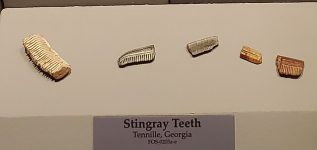stingray
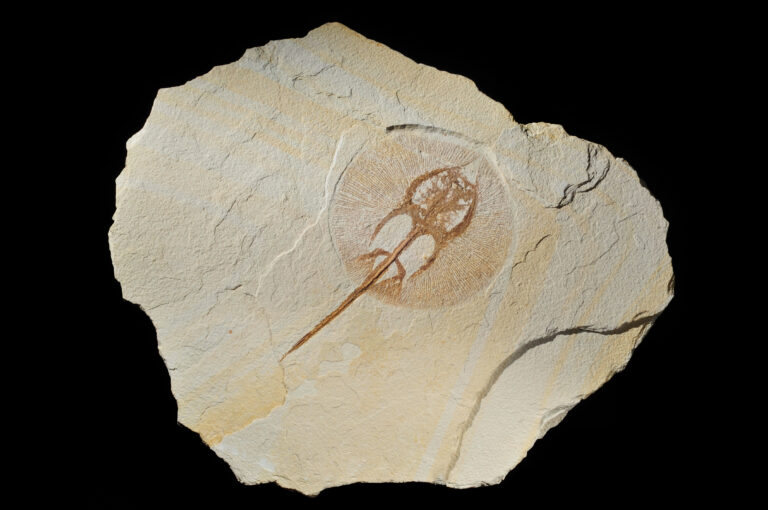
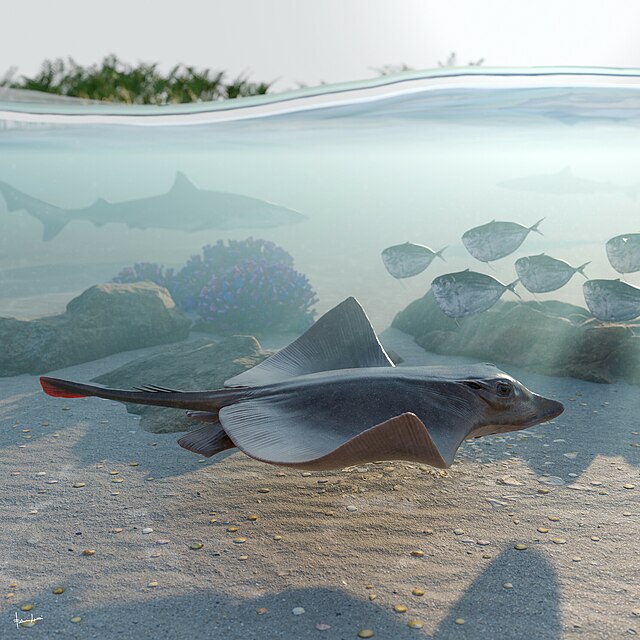
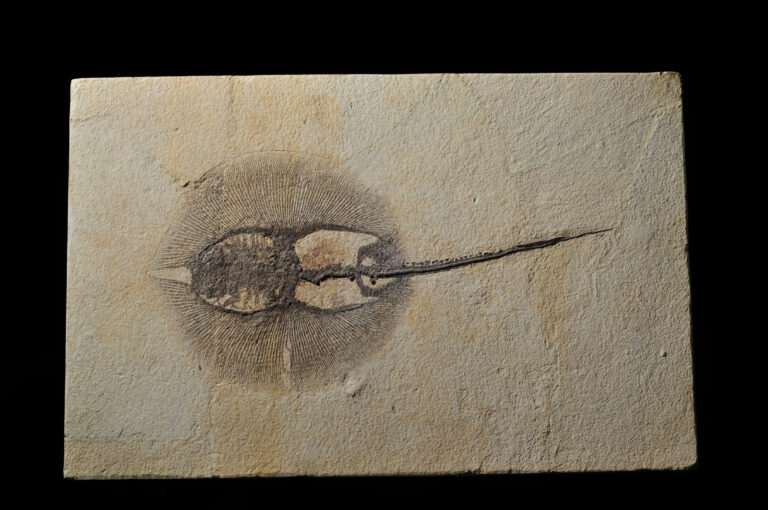
Stingray
Stingrays, like fossil walruses, offer a captivating glimpse into the evolutionary history and ecological dynamics of marine life. This essay delves into various aspects of stingrays, including their evolutionary origins, diversity, adaptations, ecological roles, and their significance in both past and present marine ecosystems.
Evolutionary Origins and Taxonomy
Stingrays belong to the class Chondrichthyes, which includes cartilaginous fish such as sharks and skates. They are classified under the order Myliobatiformes, which also includes relatives like skates and sawfish. The evolutionary history of stingrays dates back millions of years, with fossil evidence indicating their presence since the Jurassic period (approximately 200 million years ago).
Fossil stingrays are known from various geological formations worldwide, providing insights into their morphological adaptations and evolutionary trajectories. Over time, stingrays have diversified into a wide range of species adapted to different marine environments, from shallow coastal waters to deeper oceanic habitats.
Diversity and Morphology
Stingrays exhibit a diverse array of forms and sizes. They are characterized by their flattened bodies and distinctive wing-like pectoral fins, which they use to gracefully glide through water. Most stingrays are bottom-dwellers, using their flattened bodies to bury themselves in sand or mud, where they hunt for prey and avoid predators.
One of the most recognizable features of stingrays is their venomous tail spine, or “stinger,” located at the base of the tail. This spine is used defensively against potential threats, injecting venom into predators or accidental human victims. While stingrays are generally docile and non-aggressive, incidents involving stings can occur, often when humans inadvertently step on a buried stingray in shallow waters.
Ecological Roles and Adaptations
Stingrays play crucial ecological roles as predators and scavengers in marine ecosystems. Their diet typically consists of crustaceans, mollusks, small fish, and other bottom-dwelling organisms. Their flattened bodies and ventral mouths are adapted for feeding on prey buried in sediment or hiding among rocks and coral reefs.
Some stingrays have specialized adaptations for specific habitats or feeding strategies. For instance, eagle rays (a subgroup within the Myliobatiformes) have elongated snouts that enable them to probe into sandy substrate to locate buried prey. This diversity in feeding habits and habitats allows stingrays to occupy various ecological niches within their marine environments.
Paleoecology and Fossil Record
Studying fossil stingrays provides valuable insights into past marine ecosystems and environmental conditions. Fossils of stingrays have been found in deposits ranging from shallow coastal seas to deeper oceanic environments. These fossils help paleontologists reconstruct ancient food webs, understand changes in oceanic circulation patterns, and track the evolution of stingray morphology over geological time.
For example, fossil stingrays from the Eocene epoch (approximately 56 to 33.9 million years ago) reveal early forms with simpler body shapes compared to their modern counterparts. Over time, stingrays diversified and adapted to a wider range of habitats and ecological roles, reflecting the dynamic nature of marine ecosystems through geological history.
Conservation and Contemporary Significance
In the present day, stingrays face various conservation challenges, primarily due to habitat degradation, overfishing, and unintentional bycatch in fishing operations targeting other species. Many stingray species are vulnerable to these threats due to their relatively slow reproductive rates and specific habitat requirements.
Conservation efforts aimed at protecting stingrays often focus on habitat preservation, sustainable fishing practices, and public awareness campaigns to reduce accidental interactions between stingrays and humans. Marine protected areas play a crucial role in safeguarding critical habitats where stingrays can thrive and fulfill their ecological roles as predators and scavengers.
Future Research Directions
Future research on stingrays could explore additional fossil sites, particularly in less-explored regions, to uncover new species and refine our understanding of their evolutionary history. Advances in imaging technology and molecular techniques offer opportunities to study stingray anatomy, genetics, and physiological adaptations in greater detail.
Collaborative efforts between paleontologists, marine biologists, and conservationists are essential for integrating fossil data with modern ecological studies and conservation strategies. By combining insights from the fossil record with contemporary ecological data, researchers can better understand the long-term impacts of environmental change on stingray populations and ecosystems.





